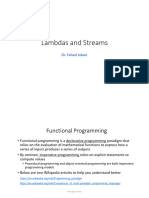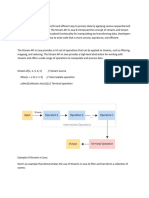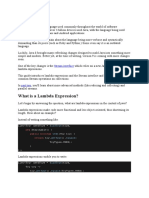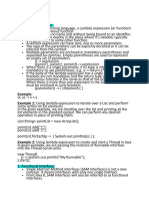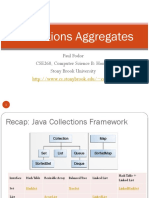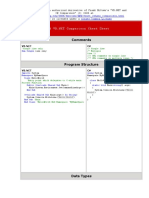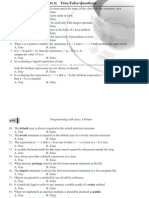0% found this document useful (0 votes)
18 views13 pagesJava 5
The document provides an overview of key Java concepts including lambda expressions, streams, optionals, I/O streams, generics, and the Java ecosystem. It explains functional interfaces, the use of streams for data processing, the Optional class for handling potential null values, and the structure of generics for type safety. Additionally, it covers the components of the Java environment, including JDK, JRE, and JVM, along with the execution process of Java programs.
Uploaded by
partesujit007Copyright
© © All Rights Reserved
We take content rights seriously. If you suspect this is your content, claim it here.
Available Formats
Download as PDF, TXT or read online on Scribd
0% found this document useful (0 votes)
18 views13 pagesJava 5
The document provides an overview of key Java concepts including lambda expressions, streams, optionals, I/O streams, generics, and the Java ecosystem. It explains functional interfaces, the use of streams for data processing, the Optional class for handling potential null values, and the structure of generics for type safety. Additionally, it covers the components of the Java environment, including JDK, JRE, and JVM, along with the execution process of Java programs.
Uploaded by
partesujit007Copyright
© © All Rights Reserved
We take content rights seriously. If you suspect this is your content, claim it here.
Available Formats
Download as PDF, TXT or read online on Scribd
/ 13




















